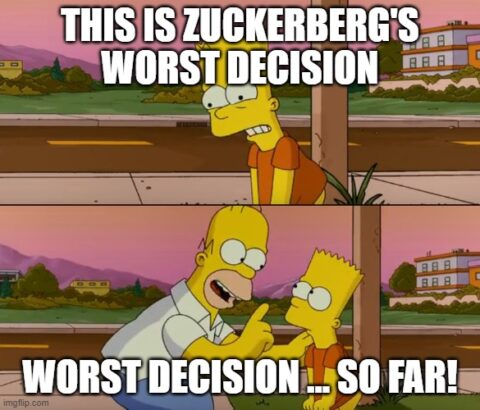At the current rate, future generations will have to be persuaded that Franz Kafka wasn’t actually and Englishman:
Franz Kafka’s The Trial opens with the novel’s protagonist, Josef K., being arrested early in the morning by two officers of the law. When he asks them to explain their reasons, one of the men tells him: “That’s something we’re not allowed to tell you. Go into your room and wait there. Proceedings are underway and you’ll learn about everything all in good time.” He never finds out, of course. Even after the story’s abrupt and chilling end, the reader is none the wiser as to why any of this has occurred.
And so it is hardly surprising that Telegraph columnist Allison Pearson described it as “Kafkaesque” that she was visited by two police officers on the morning of Remembrance Sunday. She was informed that she had been accused of “stirring up racial hatred” by means of an unspecified social media post from a year ago. Anyone who is familiar with Allison’s writing will understand just how improbable this is. Her account of the discussion that followed could have been lifted directly from The Trial itself:
“What did this post I wrote that offended someone say?” I asked. The constable said he wasn’t allowed to tell me that.
“So what’s the name of the person who made the complaint against me?”
He wasn’t allowed to tell me that either, he said.
“You can’t give me my accuser’s name?”
“It’s not ‘the accuser’,” the PC said, looking down at his notes. “They’re called ‘the victim’.”
Ah, right. “OK, you’re here to accuse me of causing offence but I’m not allowed to know what it is. Nor can I be told whom I’m being accused by? How am I supposed to defend myself, then?”
The term “Kafkaesque”, like “Orwellian”, has become something of a cliché, precisely the kind of writing that Orwell continually urged us to avoid. But what else are we to call it? I am reminded of Christopher Hitchens’s account of his visit to Prague in 1988 to report on the Communist regime. He had decided in advance that he would be “the first visiting writer not to make use of the name Franz Kafka”. As it transpired, this resolution was impossible to fulfil. During one of Václav Havel’s “Charter 77” committee meetings, police burst into the building, threw Hitchens against a wall, and arrested him. When he asked for the details of the charge, he was told that he “had no need to know the reason”. How else could he describe this other than “Kafkaesque”? As he was later to say at a lecture at the University of Western Ontario: “They make you do it”.
This is all very well for the Státní bezpečnost, but I’m not sure even Hitchens could have imagined that such behaviour would become routine in the United Kingdom in the twenty-first century. I have written previously on my Substack about the phenomenon of “non-crime hate incidents” (NCHIs), but it’s worth repeating here the key points. Estimates suggest that the police in England and Wales have recorded over a quarter of a million NCHIs since the practice began in 2014. Those who are so branded are often not informed, and these can show up on DBS (Disclosure and Barring Service) checks, thereby impeding their employment prospects. According to the Times, three thousand people are arrested each year in the UK for offensive comments posted online, even in cases where a joke had clearly been intended. This is because Section 127 of the Communications Act 2003 criminalises online speech that can be deemed “grossly offensive”. Whatever that means.



















